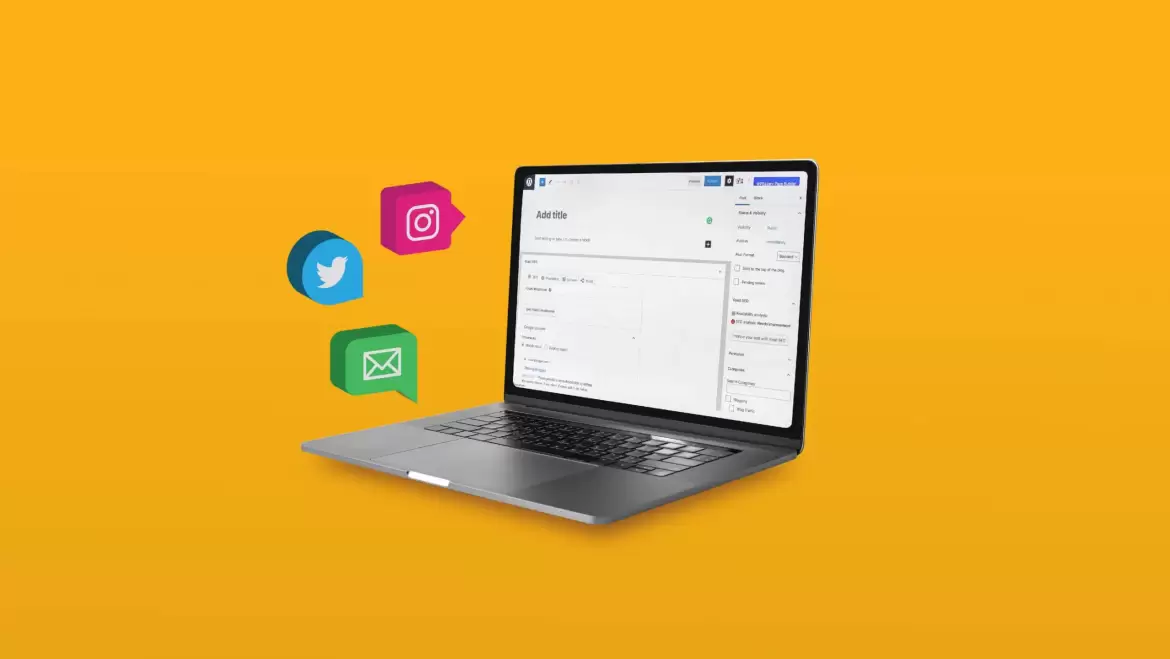Web content writing involves creating text for websites that is engaging, informative, and optimized for search engines. This type of writing covers a range of content types, from blog posts to product descriptions, each with its own set of best practices.
Importance of Quality Web Content
Quality web content is essential for attracting and retaining visitors. It helps build credibility, enhances user experience, and improves search engine rankings, ultimately driving more traffic and conversions.
Types of Web Content
Blog Posts
Blog posts are articles written on various topics relevant to a website’s niche. They aim to provide valuable information, entertain, or educate the audience while improving SEO rankings.
Landing Pages
Landing pages are standalone web pages designed specifically for marketing or advertising campaigns. Their primary purpose is to convert visitors into leads or customers.
Product Descriptions
Product descriptions provide detailed information about a product’s features, benefits, and uses, helping potential customers make informed purchasing decisions.
About Us Pages
About Us pages tell the story of a business, including its history, mission, values, and team members. They help build trust and credibility with visitors.
Social Media Content
Social media content includes posts, stories, and updates shared on platforms like Facebook, Instagram, and Twitter. It’s designed to engage followers, promote brand awareness, and drive traffic to the website.
Key Elements of Effective Web Content
Clear and Concise Writing
Effective web content is easy to read and understand. It avoids jargon and complex sentences, making the information accessible to a broad audience.
SEO Optimization
SEO optimization involves using keywords strategically, optimizing meta tags, and ensuring the content is easily discoverable by search engines.
Engaging and Relevant Content
Content should be engaging and relevant to the target audience. It should address their needs, answer their questions, and provide value.
Call to Action (CTA)
A strong CTA encourages visitors to take a specific action, such as signing up for a newsletter, downloading a guide, or making a purchase.
Visual Elements
Incorporating images, videos, infographics, and other visual elements can enhance the appeal of web content and make it more engaging.
Web Content Writing Examples
Blog Post Example
Introduction
Starting with an engaging hook that addresses a common problem or question can grab the reader’s attention. For instance, “Are you struggling to create engaging web content that ranks well on Google?”
Body
The body of the blog post should provide valuable information, structured in a way that’s easy to follow. Use subheadings, bullet points, and short paragraphs to improve readability. For example:
- Identify Your Audience
- Understand who you’re writing for and what they’re looking for.
- Use Keywords Strategically
- Incorporate relevant keywords naturally within the content.
Conclusion
Wrap up the post with a summary of key points and a CTA. “Ready to improve your web content? Start implementing these tips today and watch your website traffic soar!”
Landing Page Example
Headline
A compelling headline that clearly states the benefit of the product or service. For example, “Transform Your Business with Our Cutting-Edge SEO Tools.”
Subheadline
A brief, supportive statement that adds more context to the headline. “Boost your website’s visibility and drive more traffic with our comprehensive SEO solutions.”
Main Content
Provide detailed information about the product or service, including features, benefits, and customer testimonials. Use bullet points for clarity.
CTA
End with a strong CTA, such as “Get Started Now” or “Request a Free Demo.”
Product Description Example
Product Title
Choose a descriptive title that includes relevant keywords. For example, “Ultra-Quiet Electric Kettle – 1.7L, Stainless Steel.”
Features
List the key features of the product. “Whisper-quiet operation, 1.7-liter capacity, durable stainless steel body.”
Benefits
Explain the benefits of these features. “Enjoy a peaceful kitchen environment with our ultra-quiet kettle, perfect for large families.”
CTA
Encourage the reader to take action. “Order now and enjoy free shipping!”
About Us Page Example
Company History
Share the story behind the business. “Founded in 2010, our company has been dedicated to providing top-notch SEO services.”
Mission Statement
Clearly state the mission of the company. “Our mission is to help businesses achieve their online marketing goals through innovative SEO strategies.”
Team Introduction
Introduce key team members with brief bios and photos to humanize the brand. “Meet our SEO experts, who are passionate about driving results for our clients.”
Social Media Content Example
Platform-specific Content
Tailor the content to the specific platform. For example, use Instagram for visually appealing images and stories, while Twitter can be used for quick updates and engagement.
Visuals and Captions
Combine high-quality visuals with engaging captions. For instance, an Instagram post might feature a behind-the-scenes look at the office with a caption like, “Our team is hard at work on exciting new projects! Stay tuned for updates.”
Tips for Writing High-Quality Web Content
Know Your Audience
Understanding your audience’s needs, preferences, and pain points is crucial for creating content that resonates with them.
Use Simple Language
Avoid complex language and industry jargon. Use simple, straightforward language that everyone can understand.
Be Original
Original content stands out and provides unique value to your readers. Avoid copying from other sources and strive to offer fresh perspectives.
Edit and Proofread
Always review your content for spelling, grammar, and readability. Tools like Grammarly can help catch errors and improve the overall quality.
Common Mistakes in Web Content Writing
Keyword Stuffing
Overloading content with keywords can make it sound unnatural and harm your SEO efforts. Aim for a balanced approach.
Overcomplicating Information
Keep information simple and to the point. Overcomplicating can confuse readers and detract from the main message.
Ignoring Mobile Users
Ensure your content is mobile-friendly, as a significant portion of web traffic comes from mobile devices.
Neglecting SEO Best Practices
Follow SEO best practices, including proper use of headings, meta tags, and keyword placement, to improve search engine rankings.
Tools to Enhance Web Content Writing
Grammarly
Grammarly is a writing assistant that helps you catch grammar and spelling errors and improve overall writing quality.
Hemingway Editor
The Hemingway Editor helps simplify your writing, making it clearer and more concise.
Yoast SEO
Yoast SEO is a WordPress plugin that helps optimize your content for search engines.
Canva
Canva is a graphic design tool that helps create visually appealing images, infographics, and other visual content.
Conclusion
Web content writing is a crucial aspect of digital marketing that requires a blend of creativity, clarity, and strategic thinking. By understanding the different types of web content and following best practices, you can create content that not only engages your audience but also ranks well on search engines. Whether you’re writing blog posts, landing pages, or social media updates, always aim for high-quality, original content that provides real value to your readers.




